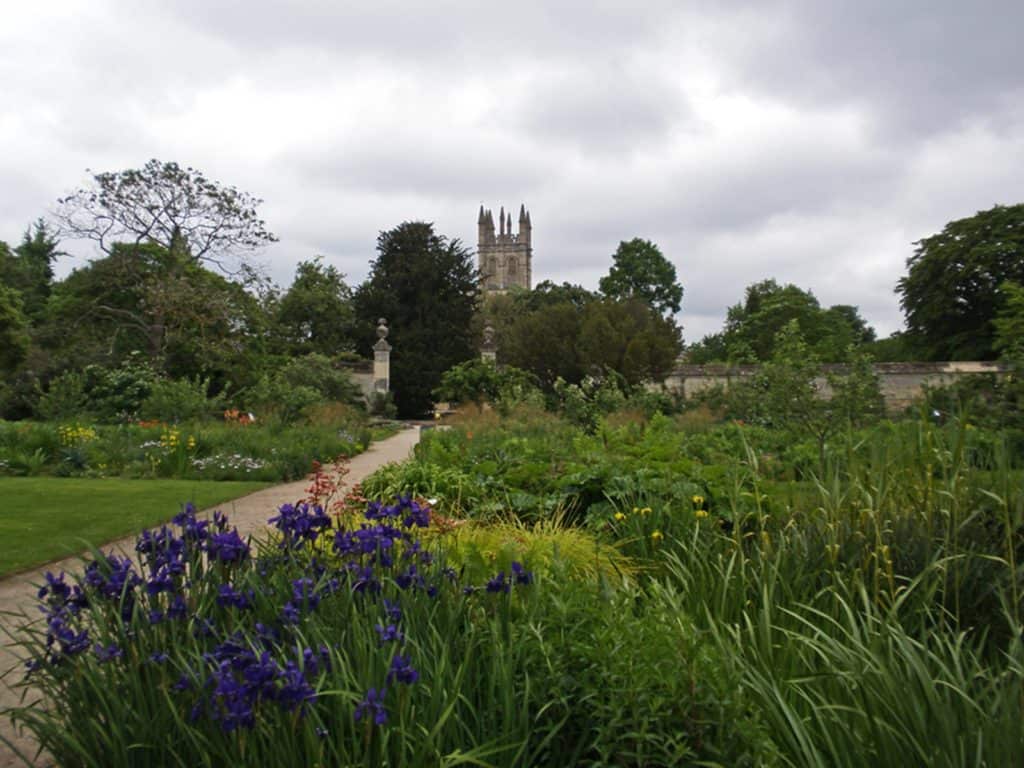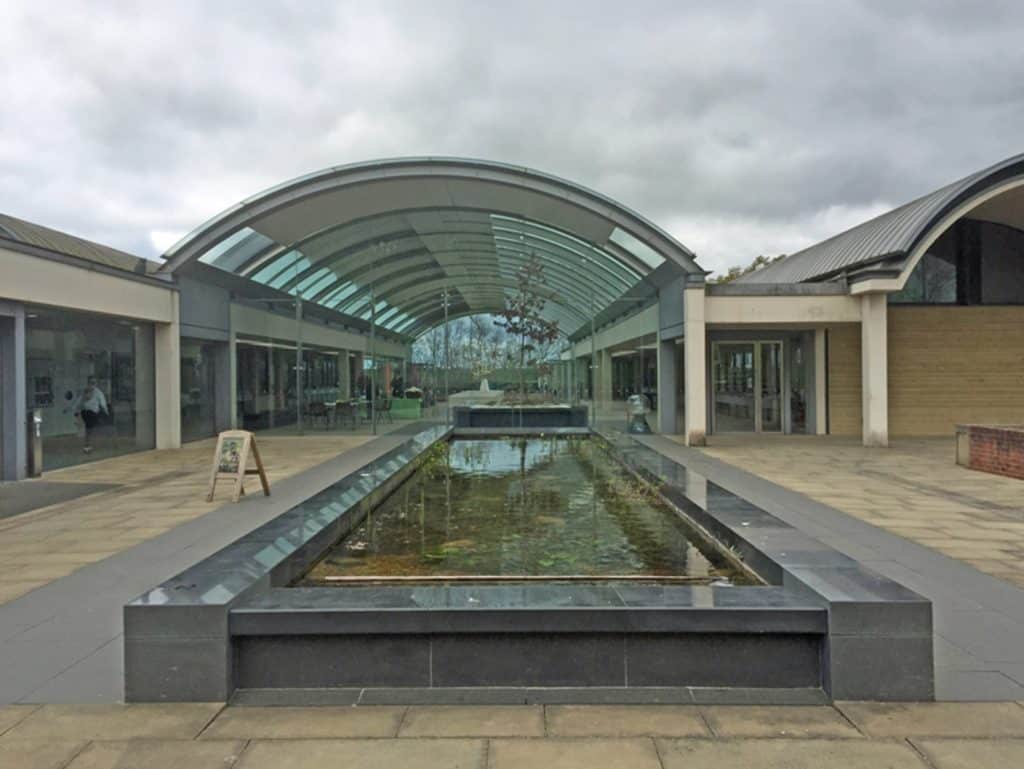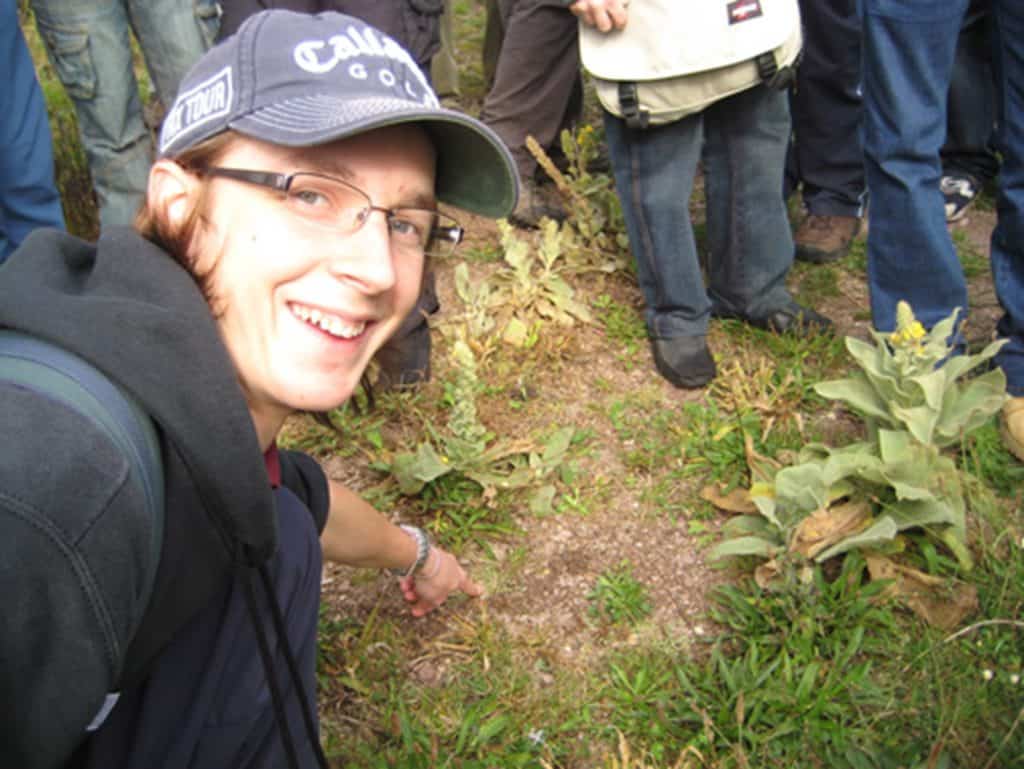Ex situ or ‘off-site’ conservation means the conservation of components of biological diversity outside their natural habitats. The main objective of ex situ techniques is to support conservation by ensuring the survival of threatened species and the maintenance of associated genetic diversity. Ex situ techniques should always be seen as complimentary to in situ conservation, aiding species recovery and reintroduction. The main techniques are: gene banks, e.g. seed banks, sperm and ova banks; captive breeding of animals and artificial propagation of plants; and collections of living organisms for zoos, aquaria, and botanic gardens for research and public awareness.
Animals: Zoos and Aquaria
According to the World Association of Zoos and Aquaria (WAZA), more than 700 million people visit zoos each year.
Studbooks
Studbooks are the most important tool in scientifically managing ex situ populations of wild animals, ensuring sufficient population size, demographic stability and high level of genetic diversity. Within studbooks, data relevant to the captive population of a certain species are collected and continuously updated. WAZA, in collaboration with the International Species Information System and the Zoological Society of London, maintain 132 active international studbooks, which include 163 species or sub-species. In addition, more than 1,000 species or sub-species are managed under cooperative regional conservation breeding programmes by WAZA members.
Research has led to great advances in technologies for captive breeding. This includes techniques such as artificial insemination, embryo transfer and long-term cryogenic (frozen) storage of embryos. These techniques are all valuable because they allow new genetic lines to be introduced without having to transport the adults to new locations.
Despite these technological advances and collaborative approaches, there are still a number of questions about the viability of captive breeding and it remains a controversial technique. For example:
Can genetically viable captive populations be maintained? A small captive population is always likely to have a limited genetic diversity, often further reduced by reduced reproductive rates.
How many threatened species are being managed? And what sorts of threatened species are being managed? Breeding programmes have historically been skewed towards larger-bodied mammals and birds.
Are captive bred populations suitable for re-introduction? Many factors affect re-introduction success, e.g. life-history, numbers released, organisational commitment, and suitable habitat availability. Captive breeding also doesn’t always focus on species where threats can be potentially reversed.
What are the costs? Captive breeding is expensive. Costs tend to increase with the size of the animal involved. Does this divert vital funds away from in-situ conservation of habitats?
Plants
Ex-situ conservation of plants might be in the form of whole plants, seed, pollen, vegetative propagules, tissue or cell cultures.
Botanic gardens
Botanic gardens host living collections of plants to maintain a living store of genetic diversity that can support many activities in conservation and research.

They also lead research and development into plant taxonomy and genetics, phytochemistry, useful properties, and informing selection of plants that can withstand degraded and changing environments, especially important in face of the threats posed by climate change.
Seed banks
The storage of seeds is one of the most widespread and valuable ex-situ approaches to conservation. Species and varieties can be stored as an insurance against future extinction, and to maintain genetic diversity that can be used in the future i.e. disease or drought resistant varieties.

According to Botanic Gardens Conservation International (BGCI), there were over 400 botanic gardens worldwide storing seeds in seed banks in 2015. Seed banking has considerable advantages over other methods of ex situ plant conservation such as ease of storage, economy of space, relatively low labour demands and consequently, the capacity to maintain large samples at an economically viable cost. It is vital however that the viability of the seeds is tested regularly.
The Millennium Seed Bank Partnership at Kew Gardens is the largest ex-situ plant conservation programme in the world. It aims to have stored seeds from 25% the worlds bankable species by 2020 (75,000 species). The project targets plants and regions most at risk from the ever-increasing impact of human activities, including land use and climate change.
The Svalbard Global Seed Vault focuses on food plants, aiming to safeguard as much of the world’s unique crop genetic material as possible. Duplicate sample of seeds held in gene banks worldwide are being stored in a secure facility buried in the permafrost on a remote island in Norway. By 2016, over 800,000 varieties were being stored in the vault but it has capacity for up to 4.5 million!
Case study: Conservation of Strapwort, Slapton Ley NNR
Strapwort (Corrigiola litoralis) is a common plant in Europe, but in the UK it is endemic to Slapton Ley NNR, meaning that it is only found in that location. The population at Slapton Ley is now considered a sub-species due to geographical isolation and is recognised as being critically endangered following years of population decline. In 1996 a species recovery programme was established combining ex-situ and in-situ techniques.

Strapwort seeds were collected and a population was set up at Paignton Zoo. Propagated plants have since been successfully translocated to additional sites around the Ley resulting in record numbers in 2011 across 3 sites with 190 plants recorded.
Research has been also carried out to identify the habitat requirements of strapwort in order to maintain a viable population at Slapton Ley. One of the findings is that manual clearance of sites is required in the absence of cattle grazing and trampling to reduce competition and expose seed banks. The next stage of the project is to reintroduce strapwort to other suitable sites in the country.

Secondary and Further Education Courses
Set your students up for success with our secondary school trips and courses. Offering excellent first hand experiences for your students, all linked to the curriculum.
Group Leader and Teacher Training
Centre-based and digital courses for teachers
Experiences for Young People
Do you enjoy the natural world and being outdoors? Opportunities for Young People aged 16-25.
